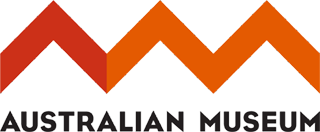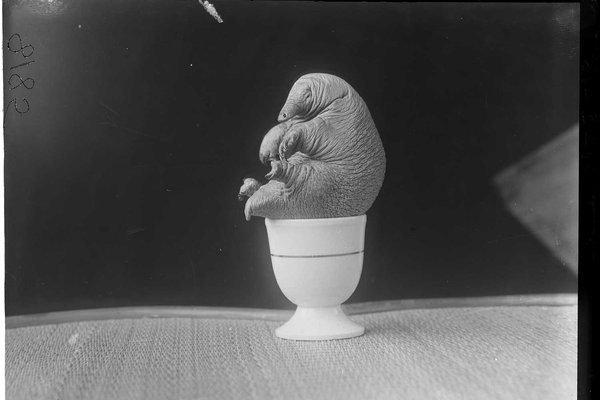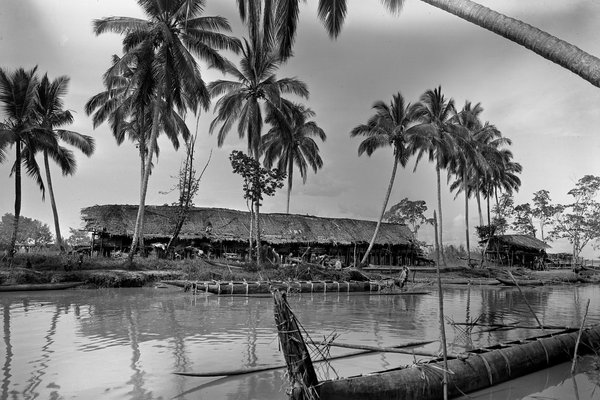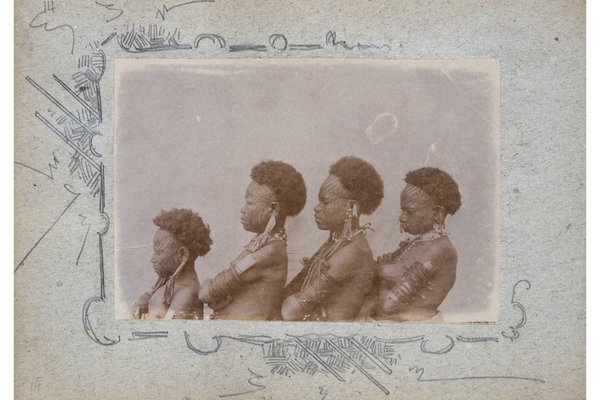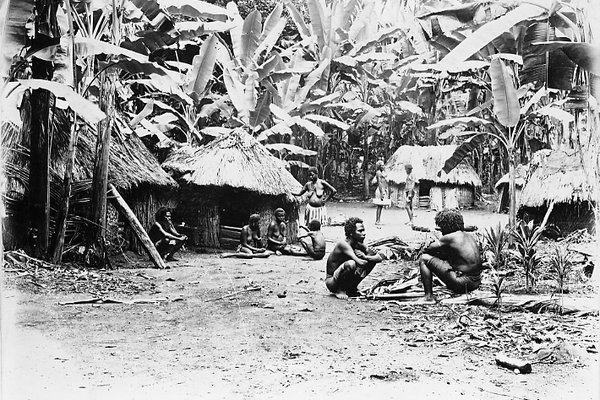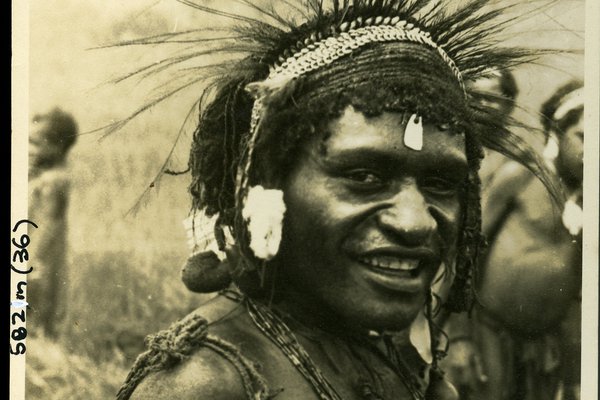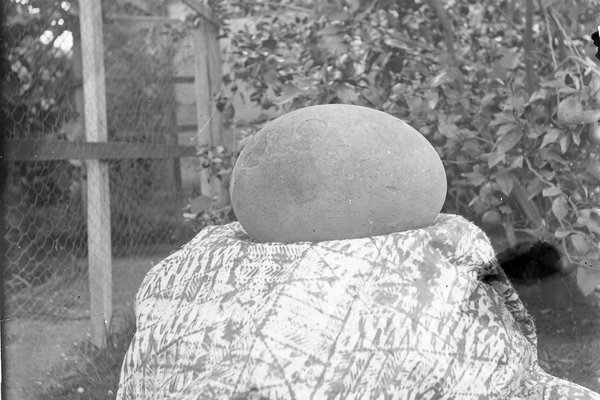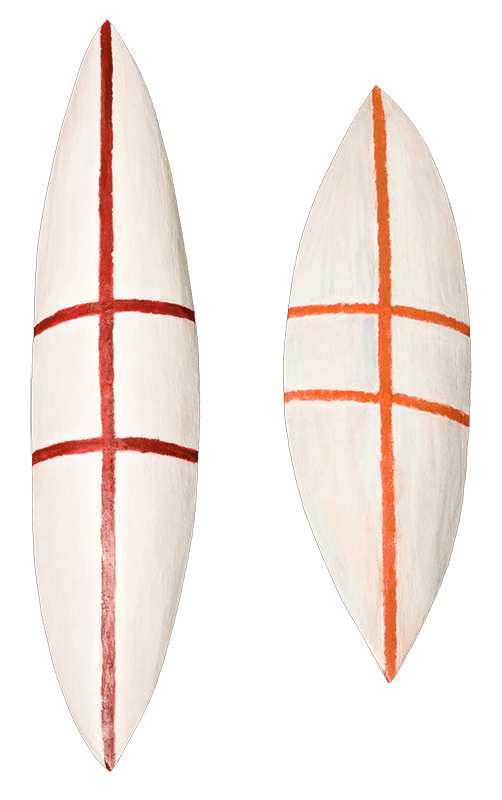Photographic collections
With over 15,000 glass plate negatives in our collection, many have rarely been viewed since they were originally developed. Discover some of these hidden treasures.
With over 15,000 glass plate negatives in our collection, many have rarely been viewed since they were originally developed.
The subjects in the glass plates vary from fish specimens to anthropological displays. Most of the oldest were photographed at the Museum by Henry Barnes and his son, Henry Barnes Jnr with the help of Curator Gerard Krefft.
The Museum's early photographers were a mix of talented amateurs and skilled academics.
Apart from photographing scientific specimens, the Museum's early photographers would often capture images of scientists in the field, landscapes, birds, animals and people.
Allan McCulloch volunteered at the Museum from the age of 13 and in 1906 was employed as vertebrate zoologist. American ichthyologist David Starr Jordan considered him, "unquestionably the greatest authority on fish in the southern hemisphere."
As the Museum's entomologist, a title later changed to Curator of Insects and Arachnids, Anthony Musgrave was a prolific lantern slide photographer.
Michael Sharland, as well as being a keen and talented photographer, also kept detailed diaries and field notes which are being digitised and transcribed by the Museum for general access.
What are lantern slides?
Lantern slides are the precursor to the modern slide projector or data projector. Copied from original photographs, they are glass plates made to be projected as part of a lecture or, popular 'entertainments' (more commonly known as 'magic lantern slides').
Invented just after photography, the new projection technologies allowed photographic images to be seen by large audiences for the first time.
History of the AM lantern slide collections
The Australian Museum's offical lantern slide collection began with the opening of the Hallstrom Lecture Theatre in 1910. Through the 1920s to mid 1950s, lantern slides were the museum's image bank, created, used and re-used for lectures and talks on a huge range of subjects by museum scientists, educators and visitors, both on site in our lecture theatre and off using portable projectors in community venues in Sydney and regional NSW.
Carefully registered and indexed to maximise use, the lantern slides form the museum's image vocabulary for the mid-20thC.
Importance of the collection
This very large collection (new estimate is around 30,000 slides) is under-researched and very sparsely digitised but is a really interesting part of the museum's history of science, education, photography and outreach.
The collection's strength is its size, continuity and comprehensive documentation. Not only do we hold the slides, but the original registrations, indexes and sometimes the lectures or published accounts of lectures they illustrated. We also hold some lantern slide equipment plus related photographic collections and education records to provide detailed context for the lectures and the lantern slides as they were created and used.
We also hold a few other donated and collected lantern slide collections (not made or used by the AM).
There is much work to be done researching, documenting and digitising this wonderful collection!
Collection Highlights
- AM lantern slide collection - 20,000 slides from 1903 to 1959
- Frank Hurley's lantern slides - some made by Hurley and others made by museum staff using our original Hurley glass photographic plates
- National Photographic Index of Australian Birds lantern slides collections
- Missionary collections - lantern slides used to promote missionary work in the Pacific
- Anthony Musgrave collection - personal and scientific collection of AM scientist and talented photographer.
Subjects include plantation life, shipping, harbour, village and mission scenes, portraits and landscapes in Tulagi, Makambo, Rere and Siota on Ngela Island, Central Solomon Islands. Images from New Britain show church and village scenes, group portraits and landscapes.
The collection was donated by the late Helen Barclay. The album belonged to Helen Barclay's aunt, Mirrie Waters, the wife of a plantation manager, Harry Waters, in Tulagi, Guadalcanal, Solomon Islands. The images relate to her time there and date from 1929 to1932. Photos from New Britain were probably taken in the 1920's by Helen Barclay's parents, also plantation residents.
Helen Barclay
Helen Barclay was born in New Britain, Papua New Guinea, and moved with her parents to the Solomon Islands in the 1930’s. Her father worked on the plantation Lindenhafen Estate in New Britain and was also a labour recruiter. The Australian Museum also holds five letters written by Helen’s mother Mabel at this time.
Helen Barclay made an earlier donation of artefacts to the Australian Museum. These are held in our Cultural Collections.
Most of the photograps are from Fiji but there are some from other Pacific locations including New Caledonia, Papua New Guinea and New Zealand. Subjects include rock engravings, landscapes, European and indigenous family groups, housing, transport, domesticated animals and indigenous cultural practices.
Arthur J Vogan
Arthur James Vogan (1859-1948) was a gentleman adventurer and self-styled archaeologist/anthropologist. Born in Kent, England, he came to Australia, served in the Boer War, and travelled extensively in the Pacific. He died at the Salvation Army Home, Dee Why, NSW.
The Australian Museum acquired Pacific ethnographic material from Vogan in 1889 and 1923, as well as other Australian artefacts in 1890 under the donor name of HS Vogan. These objects are held in our Cultural Collections.
Further ethnographic material, photographs and personal papers were acquired by the Australian Museum as part of the bequest of Melbourne Ward in 1972. Vogan’s personal papers are held by the State Library of NSW.
Locations include Vanuatu, Solomon Islands, New Britain, New Caledonia, Niue, Marshall Island, Kiribati and Caroline Island, Norfolk Island, Lord Howe Island, New South Wales, Queensland and England. There are also images of the Australian Museun buildings and museum staff on an expedition to Masthead Island, Great Barrier Reef. Subjects include portraits of Pacific Islanders and Europeans, landscapes, plants, agriculture, shipping, colonial buildings, dwellings, villages and rural scenes, mining and railway scenes.
Robert Etheridge
Robert Etheridge was one of three sons of RJ Etheridge Jnr, Director of the Australian Museum from 1895 to 1919. The two brothers, Robert and Norman, appear to have travelled the Pacific together, possibly associated with Burns Philp & Co, the Pacific trading company. A collection of Pacific Island photographs by Norman Etheridge is also held by the Australian Museum Archives and contains some duplicate images from Vanuatu.
The images depict a variety of places and subjects. Those from Rabaul, New Britain Province, PNG, show scenes of the prison hospital and patients, as well as the harbour, shipping, native police, village life, social customs, traditional ceremonies churches and missions, a German school and plantation life. Images from Vanuatu (which include the islands of Efate, Tanna, Ambrym and Malakula) show village scenes, local people, dress, portraits, social customs and coffee and copra production. There are also some from North Solomons Province and Manus Province, PNG.
Alcon Benjamin Webb
Alcon Webb was born at Palmers Island, northern New South Wales and never married. He was a chemist consultant on holidays on the ship 'Matunga' bound for Rabaul when it was sunk by the German raider ship 'Wolf'. Webb was taken prisoner by the Germans and held on board the 'Wolf'. The vessel eventually returned to Germany where Webb was interned for the rest of the war. He acted as a medical assistant in Rabaul hospital. The photographs date from this time. Webb developed his own prints. He died in Randwick Hospital of tuberculosis and 'war wounds'. Webb’s great-nephew had no knowledge of Web’s movements beyond his time in Rabaul.
